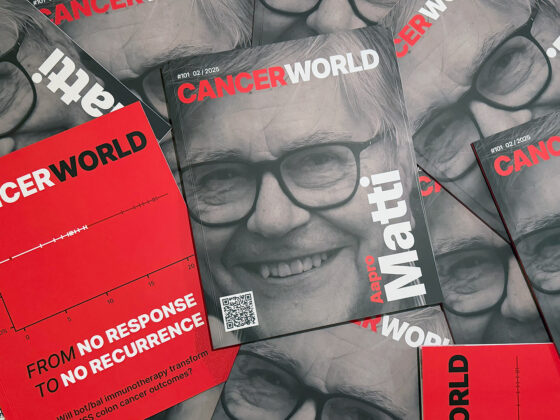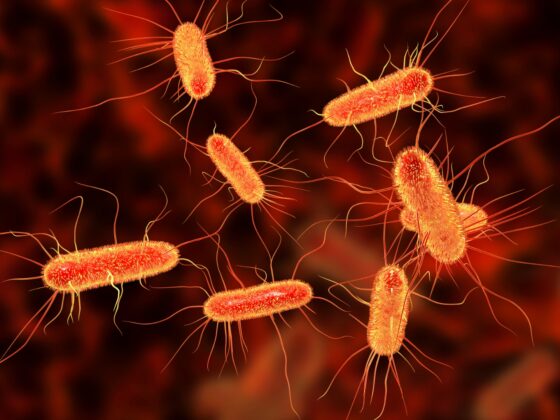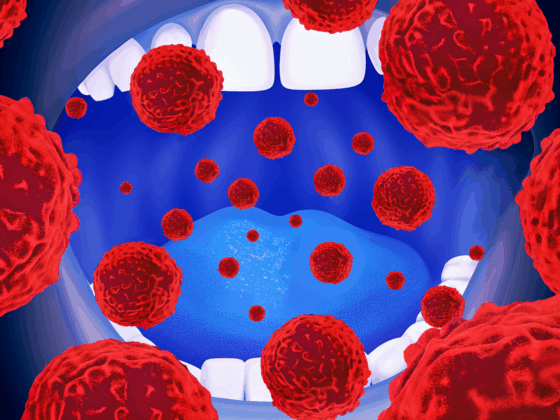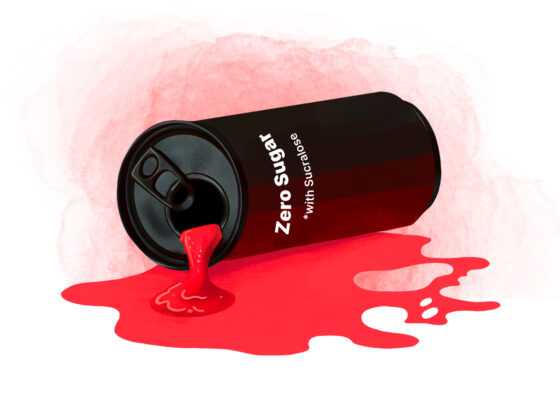Muscular strength and cardiorespiratory fitness are linked to a significantly lower risk of death from any cause and cancer-specific mortality in patients diagnosed with cancer. The meta-analysis, published online in the British Journal of Sports Medicine, 21st January, found a strong association between high physical fitness levels and reduced all-cause mortality risk in patients with any type and stage of cancer. The association was found to be strongest in patients with advanced cancer and for those with lung and digestive cancers.
“Assessing physical fitness, particularly muscle strength and CRF [cardiorespiratory fitness], is crucial for predicting mortality in cancer patients. Implementing tailored exercise prescriptions to enhance these physical components throughout the cancer continuum may contribute to reducing cancer-related mortality,” conclude the authors, led by Robert Newton, from the Exercise Medicine Research Institute at Edith Cowan University, Joondalup, Western Australia.
Many systematic reviews have examined the association between muscle strength and/or CRF and the risk of all-cause cancer mortality in apparently healthy individuals. However, no systematic reviews have investigated whether muscle strength and/or CRF components are associated with a lower risk of both all-cause mortality and cancer-specific mortality in people already diagnosed with cancer. “This is of relevance, as cancer and related treatments (e.g. chemotherapy) may lead to side-effects – including muscle loss, cardiovascular diseases, increases in body fatness and lack of physical activity – which are thought to contribute to mortality,” Francesco Bettariga, principal investigator and the first author tells Cancerworld.
For the study, the investigators undertook a systematic review of prospective observational cohort studies that assessed the association between muscle strength and/or CRF and all-cause and/or cancer-specific mortality in patients with cancer. To be eligible for inclusion, studies were required to categorise participants into two distinct groups based on whether patients had high or low muscle strength or CRF. Altogether, the team identified 42 studies (published up until August 2023), which involved a combined total of 46,694 patients, with a median age of 64. Studies in the review included 26 involving patients with multiple types of cancer, nine limited to patients with lung cancer, two limited to gastric cancer, and one each limited to pancreatic, breast, glioma, colon, and bladder cancers. Muscle strength was measured in 24 studies, CRF in 16 studies, and two studies examined both muscle strength and CRF.
For the analysis, when data were stratified into tertiles or quartiles, the lowest and highest stratification levels were considered in the analysis. In addition, for changes per-unit-increment analyses, they examined studies reporting changes in muscle strength or CRF per unit increment – e.g. per 1-kg increase in muscle strength or 1-MET (‘metabolic equivalent of task’) increase in CRF. Subgroup analyses, when available, were explored for cancer stage (early vs advanced) and cancer type.
In all 26 of the studies focusing on muscle strength, the handgrip strength test was used to classify low muscle strength as either <13kg to <25kg in female patients and <20kg to <40kg in male patients. For the 18 studies reporting on CRF, 14 used the cardiopulmonary exercise test and four the 6-minute walk test.
Results of a multivariable analysis of 22 studies using cut-off values to dichotomise patients according to muscle strength showed that those with high muscle strength had a 31% reduced risk of all-cause mortality (HR=0.69, 95%CI 0.61–0.78; P<0.001) compared to those with low muscle strength. Analysis of seven studies demonstrated each unit increase in muscle strength correlated with a significant 11% decrease in all-cause mortality (HR=0.89, 95%CI 0.82–0.97; P =0.005).
The combined analysis of 13 studies looking at the effect of CRF on all-cause mortality showed a significant 46% lower risk among patients with high versus low CRF (HR=0.54, 95%CI 0.38–0.84; P=0.005).
Only two studies addressed cancer-specific mortality (defined as death directly caused by cancer). A multivariable analysis of the two studies demonstrated that each unit increment in CRF was associated with a significant 18% reduction in the risk of cancer-specific mortality (HR=0.82; 95%CI 0.69–0.98; P=0.03).
When subgroups were examined according to cancer stage, when the sample consisted of 50–70% or >75% of patients with advanced cancer, cut-off values and change per-unit-increment in muscle strength resulted in a significant reduction in all-cause mortality, by 8% to 46%. When the analyses were performed in samples where <50% of patients had advanced cancer, reductions in all-cause mortality were much lower, ranging from 10% to 33%.
When meta-analyses were performed according to cancer type, greater muscle strength was shown to be associated with reduced all-cause mortality only in patients with digestive cancers (HR=0.59, 95%CI 0.38–0.94; P=0.03) and those with lung cancer (HR=0.81; 95%CI 0.73–0.90; P<0.001). In patients with lung cancer, higher CRF was also found to reduce risk of all-cause mortality by 31% (HR 0.69; 95% CI 0.50–0.96; P=0.03).
“These results highlight the need to incorporate muscle strength and cardiorespiratory fitness assessments into standard cancer care, ensuring that any deficits are promptly identified and addressed through precise exercise prescriptions,” says Bettariga.
The findings, he adds, are “noteworthy” in advanced cancer stages, where decreased muscle strength and mass, reduced CRF, and heightened fatigue lead to poorer quality of life and increased risk of death.
Patients with cancer, says Bettariga, should be encouraged to enhance muscle strength through resistance training involving dumbbells, barbells, and weight machines; while cardiorespiratory fitness can be improved with aerobic activities such as brisk walking, running, swimming, or cycling. Although current guidelines recommend exercising at least three to five days per week, to accumulate 75 minutes of vigorous or 150 minutes of moderate aerobic exercise or a combination (1 minute vigorous equates to 2 minutes of moderate) plus at least two resistance exercise sessions (8–15 repetitions for at least 2–3 sets for all major muscle groups), the precise exercise ‘prescription’ for patients with cancer still needs to be fully elucidated. “Indeed, we are moving toward precision exercise prescription, where the appropriate exercise prescription will be tailored based on cancer type and stage, as well as treatment and comorbidities,” says Bettariga.
The investigators are now exploring the underlying biological mechanisms by which exercise may reduce growth of cancer. They are building on their earlier, preclinical and clinical studies, demonstrating that myokines released by skeletal muscles (both at rest and during contraction) have cancer suppressive effects. “We are investigating the effects of precise exercise prescriptions on cancer cells, to determine which type and dosage of ‘exercise medicine’ is beneficial for patients with cancer,” explains Bettariga. To do this, the team are collecting blood from patients with cancer after different types of exercise (e.g. aerobic or resistance exercise) and then culturing processed blood with cancer cells in vitro. “We already know that exercise can reduce the growth of cancer cells, but it is yet to be determined which type and dosage of exercise can exert greater effects on cancer. Discoveries in this field can lead to more precision tailored exercise prescription for patients with cancer aiming to reduce the proliferation of the tumour,” says Bettariga.
A recent review by Adriana Albini, published in European Journal of Cancer Prevention in January 2025, outlines how physical activity improves the quality of life of cancer patients, attenuating side effects of chemotherapy, decreasing sarcopenia, increasing fitness, and inhibiting the recurrence and progression of some cancer types.












